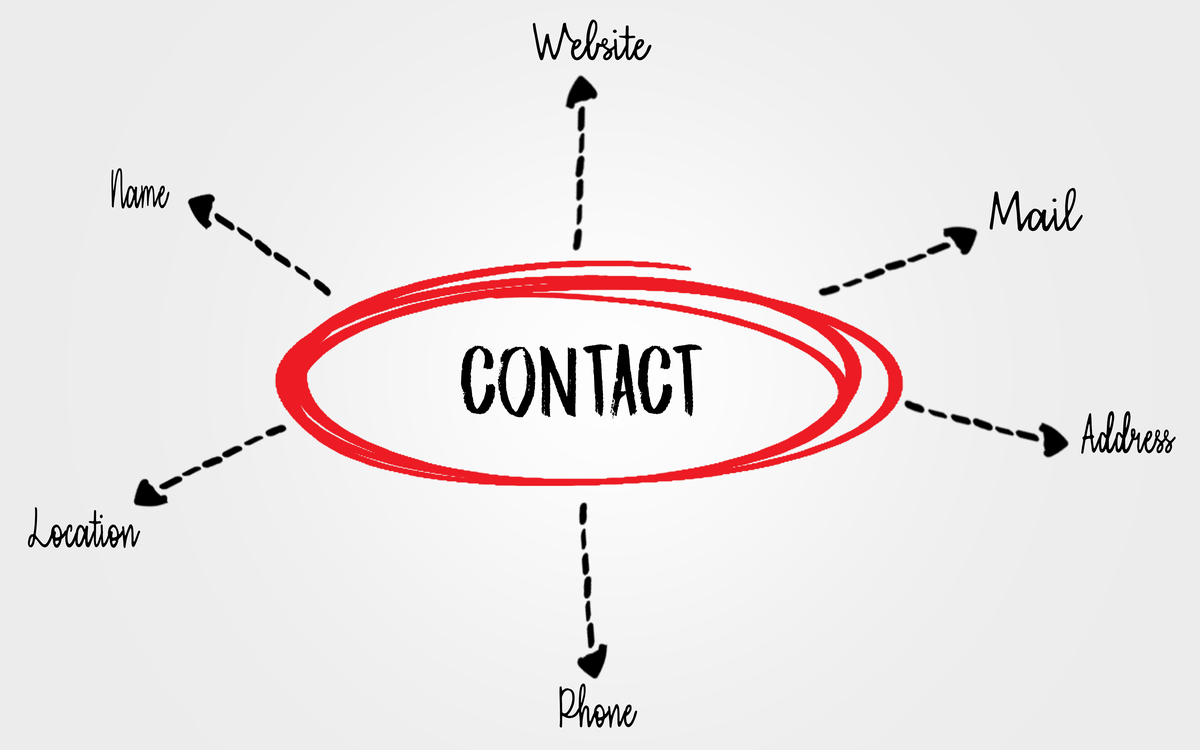Django Model Fields: Custom Getters and Setters
Django models provide built-in support for defining custom getter and setter methods for model fields. These methods allow you to define custom logic for accessing and setting values of model fields.
To define a custom getter method for a model field, you can use the 'property' decorator. For example:
class MyModel(models.Model):
_my_field = models.CharField(max_length=100)
@property
def my_field(self):
# Custom logic for getting the value of the field
return self._my_field.upper()
In this example, we define a custom getter method for the 'my_field' field. The 'property' decorator marks the method as a getter, and it will be called whenever the 'my_field' attribute is accessed on an instance of the 'MyModel' class.
To define a custom setter method for a model field, you can use the '@my_field.setter' decorator. For example:
class MyModel(models.Model):
_my_field = models.CharField(max_length=100)
@property
def my_field(self):
# Custom logic for getting the value of the field
return self._my_field.upper()
@my_field.setter
def my_field(self, value):
# Custom logic for setting the value of the field
self._my_field = value.lower()
In this example, we define a custom setter method for the 'my_field' field. The '@my_field.setter' decorator marks the method as a setter, and it will be called whenever the 'my_field' attribute is set on an instance of the 'MyModel' class.
Note that the getter and setter methods must have the same name as the model field, with the getter method having the same name as the attribute and the setter method having the same name as the attribute followed by '.setter'.

原文地址: https://www.cveoy.top/t/topic/mI8k 著作权归作者所有。请勿转载和采集!